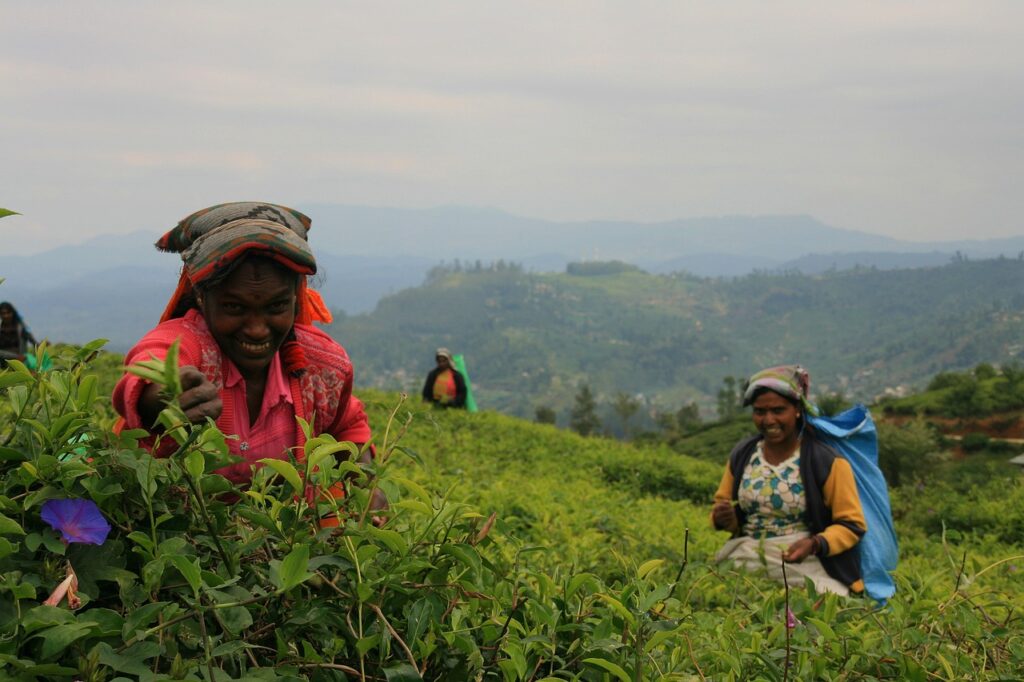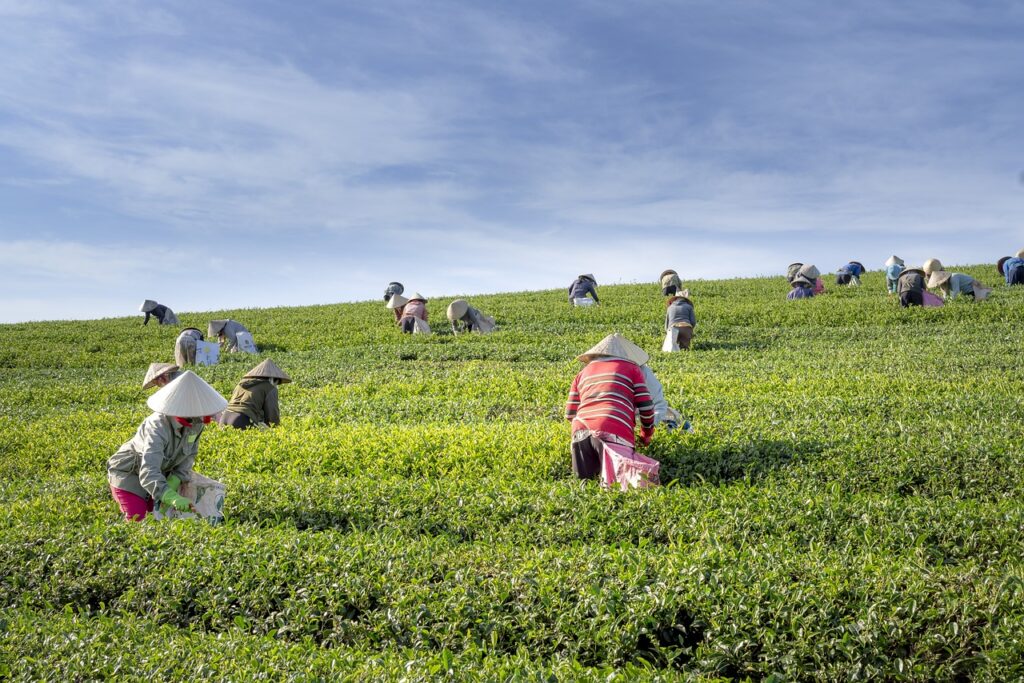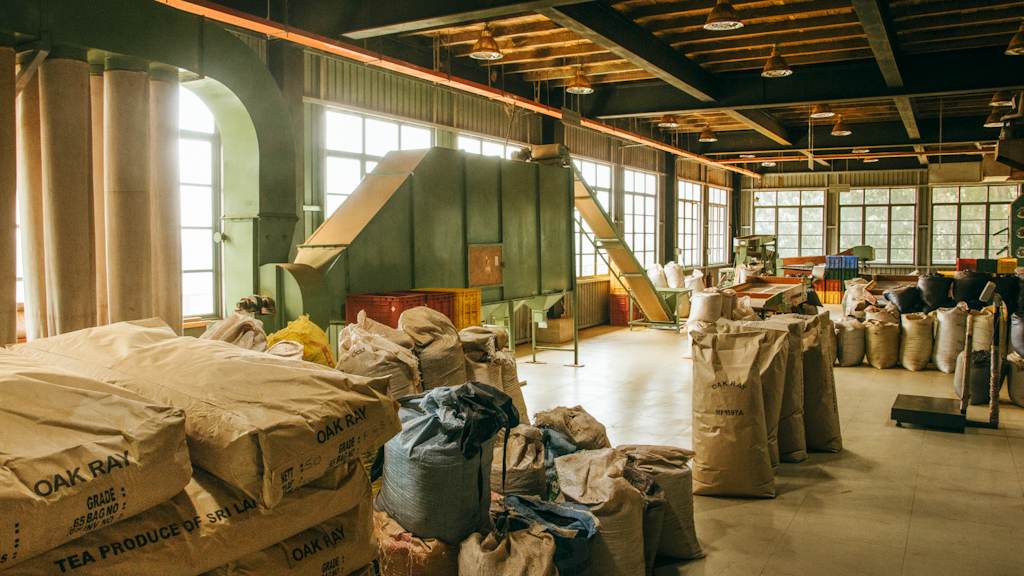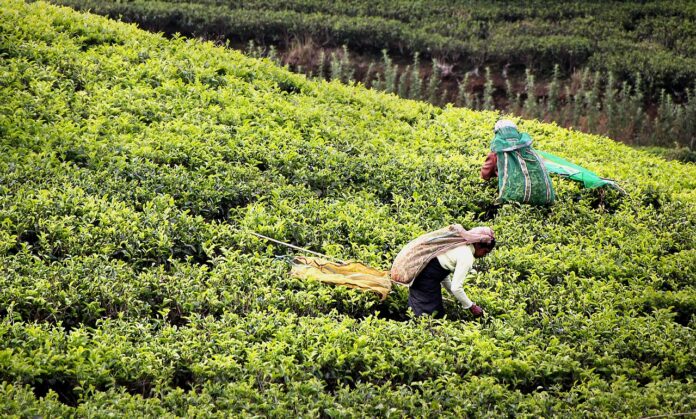Table of Contents
Introduction
Welcome to a mesmerizing journey through the lush landscapes of Sri Lanka’s tea plantations. In this article, we will delve into the captivating beauty and rich history of tea cultivation in this tropical paradise. From the mist-covered hills to the meticulously manicured tea estates, Sri Lanka offers a unique and immersive experience for tea enthusiasts and nature lovers alike. So, pack your bags and join us as we embark on a memorable exploration of the tea plantations in Sri Lanka.
Sri Lanka, formerly known as Ceylon, has a long-standing reputation as one of the world’s finest tea producers. The country’s tea plantations are nestled amidst picturesque landscapes, creating a breathtaking vista that is nothing short of awe-inspiring. These emerald green fields stretch across vast terrains, creating a harmonious blend of nature’s beauty and human endeavor. Let’s delve deeper into the enchanting world of Sri Lankan tea and unravel the secrets hidden within its verdant embrace.
A Glimpse into Sri Lanka’s Tea History
Before we embark on our journey, let’s take a moment to appreciate the historical significance of tea in Sri Lanka. Tea cultivation in the region dates back to the early 19th century when the British introduced tea plants to the island. Initially, coffee was the main cash crop, but due to a devastating fungal disease known as coffee rust, tea emerged as the new agricultural staple. The fertile soil and favorable climatic conditions of Sri Lanka proved to be ideal for cultivating tea, leading to its rapid expansion and transformation into one of the country’s primary industries.
Geography and Climate of Sri Lanka’s Tea Plantations

The geography and climate play a crucial role in the success of Sri Lanka’s tea industry. The tea plantations are located in the central highlands of the island, characterized by cool temperatures, high humidity, and abundant rainfall. The elevation ranges from 2,000 to 6,000 feet above sea level, creating ideal conditions for the cultivation of high-quality tea leaves.
Lush Landscapes of Sri Lanka
Breathtaking Beauty of the Tea Plantations
The tea plantations in Sri Lanka exhibit awe-inspiring beauty. As you wander through the verdant fields, you’ll be captivated by the symphony of vibrant colors, the neatly pruned tea bushes, and the tranquility that envelopes the surroundings. The gentle slopes and terraced gardens create a mesmerizing panorama, providing an ideal escape from the bustling city life.
Tea Plantation Tours
To fully immerse yourself in the tea culture of Sri Lanka, there are different tour options available.
- Guided Tours: Joining a guided tour allows you to have an in-depth understanding of the tea production process. Knowledgeable guides take you through the plantations, explaining the nuances of tea cultivation, harvesting, and processing.
- Self-Guided Tours: For a more personalized experience, you can embark on a self-guided tour. Armed with a map and basic information, you can explore the tea estates at your own pace, absorbing the serenity of the surroundings and indulging in your own tea adventures.
Tea Tasting and Experiencing the Tea Culture
No visit to Sri Lanka’s tea plantations is complete without indulging in a tea tasting session. Whether it’s in a quaint teahouse or a luxurious tea estate, you can savor a variety of teas, including black, green, white, and herbal infusions. Engage with knowledgeable tea experts who will guide you through the flavors, aromas, and brewing techniques, giving you a deeper understanding of Sri Lanka’s tea culture.
Cultural Experiences
In addition to the tea-focused activities, the tea plantations offer a glimpse into Sri Lanka’s vibrant culture. Interact with local tea pluckers, immerse yourself in their traditions, and learn about their way of life. You can also visit nearby villages and explore the unique customs, cuisines, and handicrafts that form an integral part of Sri Lankan culture.
Tea Cultivation and Harvesting Process

Tea cultivation in Sri Lanka follows a meticulous process. The tea plants are carefully nurtured, pruned, and plucked, with only the top two leaves and a bud being harvested. These leaves undergo various stages of withering, rolling, oxidation, and drying to produce the distinct flavors and aromas found in different types of tea.
Exploring Tea Plantations on a Guided Tour
To truly immerse yourself in the beauty of Sri Lanka’s tea plantations, consider taking a guided tour. Knowledgeable guides will lead you through the tea estates, sharing insights into the cultivation process, historical significance, and sustainability practices. You’ll have the opportunity to witness the breathtaking landscapes, interact with tea pickers, and even try your hand at plucking tea leaves.
The Tea Varieties of Sri Lanka
Sri Lanka is renowned for producing a wide range of tea varieties, each with its unique characteristics and flavors. The most famous type is Ceylon tea, which is synonymous with exceptional quality and taste. Within the realm of Ceylon tea, there are various subcategories, including black tea, green tea, white tea, and oolong tea. The teas are classified based on factors such as the elevation at which they are grown, the size of the leaves, and the processing methods employed. The distinctive terroir of different regions imparts subtle nuances to the teas, making each cup a delightful sensory experience.
Unveiling the Tea-Growing Regions
Sri Lanka’s tea plantations are primarily concentrated in six main regions, each offering a unique terroir and flavor profile. Let’s explore these regions and discover the treasures they hold:
- Nuwara Eliya: Situated at an elevation of over 6,000 feet, Nuwara Eliya is the highest tea-growing region in Sri Lanka. The cool climate and misty atmosphere create an environment ideal for producing delicate and aromatic teas. Nuwara Eliya teas are revered for their light and floral notes, making them a favorite among tea connoisseurs.
- Dimbula: Located in the central highlands, the Dimbula region is known for its well-balanced and full-bodied teas. The combination of cool temperatures and abundant rainfall yields teas with a bright golden color and a brisk, refreshing taste. Dimbula teas are often enjoyed with a dash of milk and sugar, epitomizing the classic Ceylon tea experience.
- Uva: Nestled amidst rolling hills and mist-covered valleys, the Uva region is known for its distinctive teas with a rich and bold character. The teas produced here are renowned for their robust flavors, evoking a delightful complexity that lingers on the palate. Uva teas are often enjoyed without milk, allowing their natural flavors to shine.
- Kandy: Located in the heart of Sri Lanka, the Kandy region is blessed with fertile soils and a temperate climate. The teas cultivated here exhibit a medium body and a rich amber color. Kandy teas are known for their strength and versatility, making them an excellent choice for both traditional black tea enthusiasts and those seeking a robust iced tea.
- Ruhuna: Situated in the southern part of the island, the Ruhuna region is known for its low-grown teas. These teas are characterized by their deep, reddish-brown liquor and strong, full-bodied flavors. Ruhuna teas are perfect for those who prefer a bold cup of tea that can stand up to milk and sugar.
- Sabaragamuwa: Embraced by mist-laden mountains and fertile valleys, the Sabaragamuwa region is home to teas known for their exquisite balance and mellow flavors. These teas possess a unique sweetness and gentle astringency that make them a delightful choice for any tea enthusiast.
The Art of Tea Plucking and Processing

The journey through Sri Lanka’s tea plantations is incomplete without a closer look at the meticulous art of tea plucking and processing. Skilled tea pluckers gracefully move through the fields, hand-selecting the tender leaves that will eventually transform into the tea we savor. The freshly plucked leaves undergo a precise process that involves withering, rolling, fermenting, and drying. Each step contributes to the tea’s unique characteristics and flavor profile, resulting in the aromatic brew that graces our cups.
Conclusion
Exploring the tea plantations in Sri Lanka is a captivating journey that immerses you in the natural beauty, rich history, and delightful flavors of Ceylon tea. From the misty hills of Nuwara Eliya to the rolling fields of Ruhuna, each region offers a unique tea experience that reflects the diverse terroir of the island. So, indulge your senses, sip a steaming cup of tea, and let the enchanting landscapes transport you to a world where time stands still.
1. What is the best time to visit the tea plantations in Sri Lanka?
The best time to visit the tea plantations in Sri Lanka is during the dry season, which typically extends from December to April. During this period, the weather is pleasant, and the skies are clear, allowing for breathtaking views of the tea-covered hills.
2. Are there guided tours available for exploring the tea plantations?
Yes, there are numerous guided tours available for exploring the tea plantations. These tours provide insightful information about the tea-making process, offer panoramic views of the estates, and even allow visitors to participate in tea plucking activities.
3. Can I sample different types of teas during the plantation tours?
Absolutely! Most plantation tours offer tea tasting sessions, allowing visitors to savor a variety of teas and appreciate the nuances in flavor and aroma. It’s an excellent opportunity to expand your tea palate and find your personal favorites.
4. Are there accommodations available in close proximity to the tea plantations?
Yes, there are several charming accommodations available near the tea plantations, ranging from luxury resorts to cozy guesthouses. Staying in these serene surroundings offers an immersive experience and allows you to wake up to the enchanting beauty of the tea fields.
5. Are there any local customs or etiquettes to be mindful of when visiting the tea plantations?
When visiting the tea plantations, it is customary to show respect to the workers and the environment. Avoid littering, seek permission before entering private tea estates, and adhere to any specific guidelines provided by the tour guides.
6. Can I purchase tea directly from the plantations?
Yes, most tea plantations have on-site tea boutiques where you can purchase freshly harvested teas to take home as souvenirs. It’s an excellent opportunity to acquire high-quality teas directly from the source.
7. Is Sri Lanka known for its tea production?
Absolutely! Sri Lanka is renowned for its high-quality tea production and is one of the world’s largest exporters.
8. What are the best tea regions to visit in Sri Lanka?
Some of the best tea regions to visit in Sri Lanka are Nuwara Eliya, Kandy, Ella, and Bandarawela.
9. Can I taste different types of tea in Sri Lanka?
Yes, Sri Lanka offers a wide range of teas, including black, green, white, and herbal infusions, which you can taste and experience.
10. Are there guided tours available in tea plantations?
Yes, guided tours are available in tea plantations, allowing you to learn about the tea-making process and explore the beautiful landscapes.
